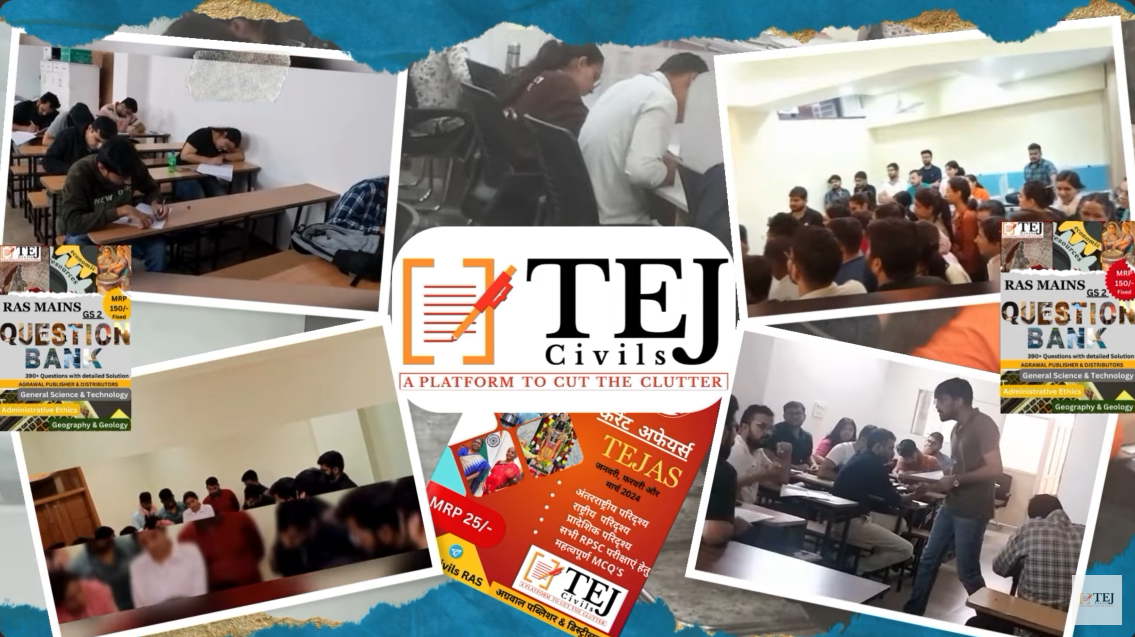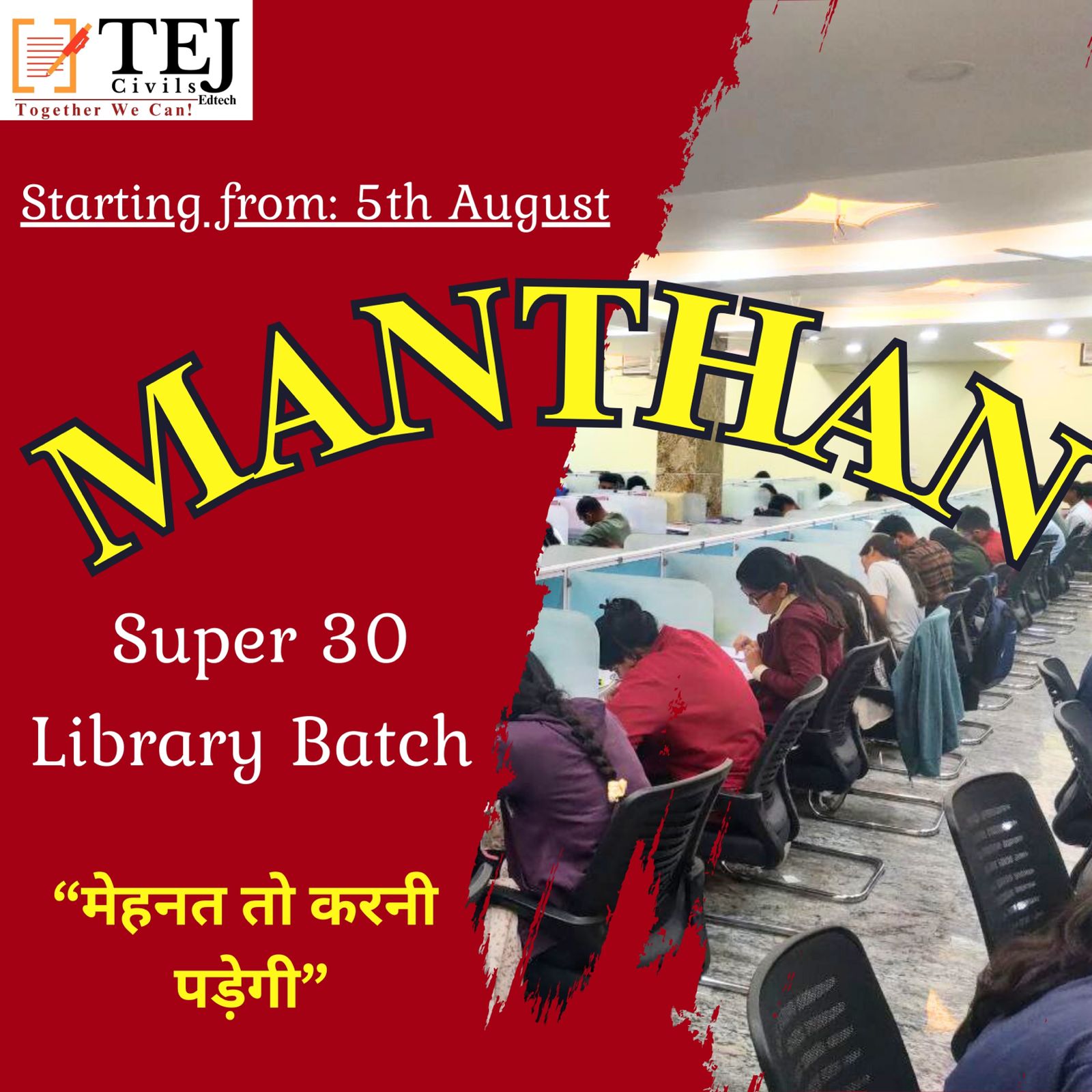Lok Sabha (Lower House) and Rajya Sabha (Upper House)
Lok Sabha (Lower House):
- Representation: Represents the people of India.
- Election: Elected by the general public through direct voting.
- Term: Five years (can be dissolved earlier by the President in certain situations).
- Constitutional Provisions: Articles 81 to 90.
- Special Powers: Passing money bills, introducing motions of no confidence.
- Number of Members: Approximately 545 (reserved for states and union territories).
Rajya Sabha (Upper House):
- Representation: Represents the states and union territories.
- Election: Elected by elected members of the state legislative assemblies.
- Term: Continuous House (one-third members retire every two years).
- Constitutional Provisions: Articles 79 to 122.
- Special Powers: Rajya Sabha cannot pass money bills, but can make recommendations.
- Number of Members: 250 (members from states and nominated members by the President).





















